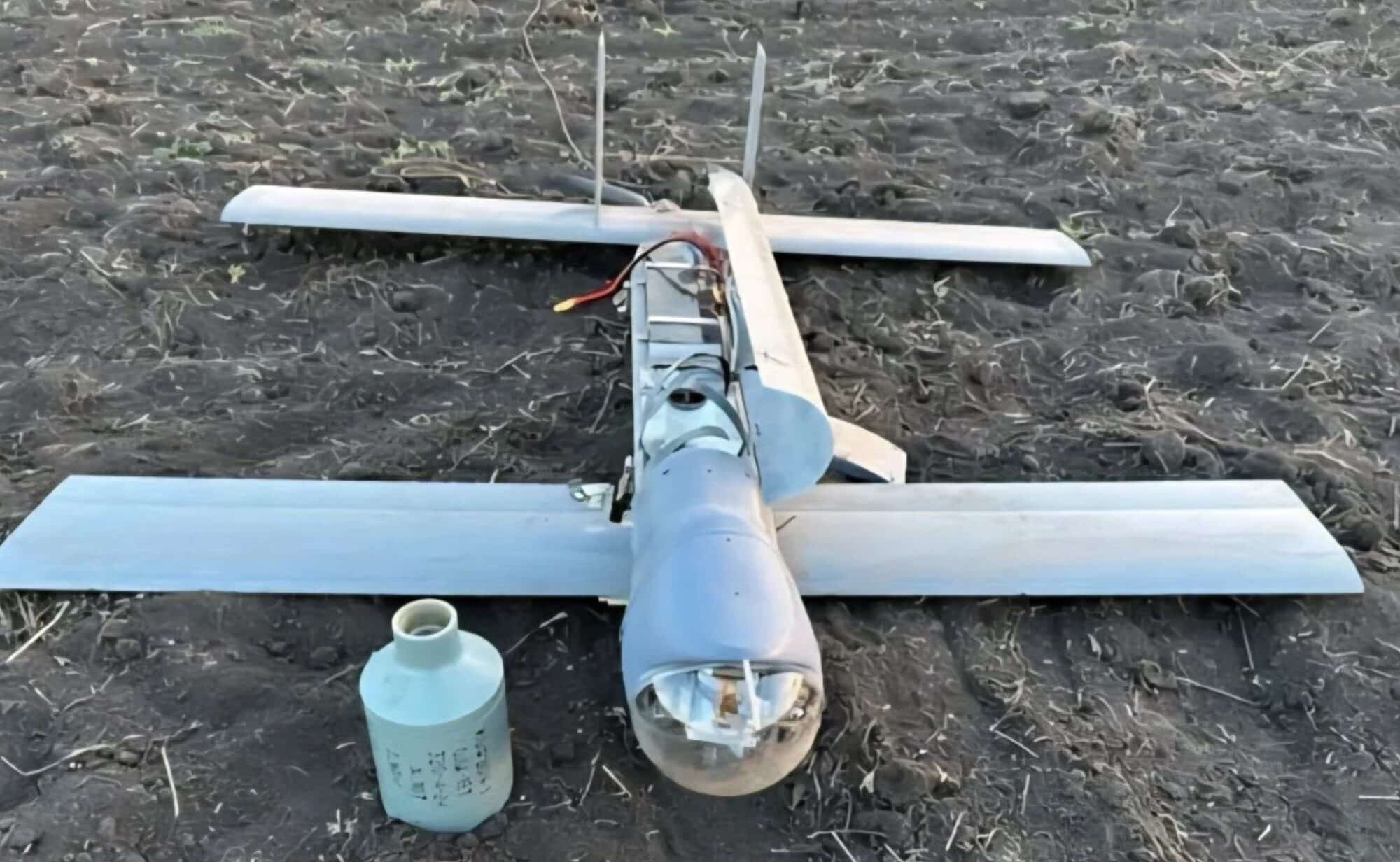Russian AI-Powered Drone Packed with NVIDIA, Sony Tech Exposed by Ukraine

Ukrainian intelligence has uncovered that Russia’s new V2U kamikaze drone, equipped with advanced AI targeting, leans heavily on foreign components, raising concerns about dual-use technology in military applications. A detailed report from Ukraine’s Main Directorate of Intelligence (GUR) reveals the drone’s reliance on parts from China, Japan, Ireland, and the U.S., spotlighting vulnerabilities in global supply chains.
AI Targeting Powered by NVIDIA
The V2U drone, deployed near Sumy, Ukraine, uses a Chinese Leetop A203 microcomputer with an NVIDIA Jetson Orin processor, a powerful American-made chip designed for AI and robotics, according to Defence-Blog. This processor enables autonomous targeting through image recognition, allowing the drone to identify targets without constant human input. The GUR report states, “despite Russian labeling, the vast majority of internal components in the V2U are sourced from China,” including the engine, servos, GPS module, power supply, and optics.

Sony Sensors and Global Components
Beyond Chinese parts, the drone incorporates a Sony imaging sensor from Japan and a relay from Ireland’s TE Connectivity. These components enhance the V2U’s optical and communication systems. Instead of relying solely on a single GPS module, the drone uses computer vision, comparing live camera feeds with preloaded terrain imagery. This adaptation counters Ukraine’s effective electronic warfare systems, which disrupt traditional GPS navigation. The drone also supports FPV (first-person view) mode via LTE, using a Microdrive Tandem-4GS-OEM-11 modem-router with a Ukrainian SIM card, though its internals are Chinese-made.

Operational and Industry Implications
The V2U’s design highlights Russia’s dependence on civilian technologies to sustain its military operations, a trend Kyiv has repeatedly exposed.
The GUR notes, “technological interdependence with foreign suppliers enables the Russian military to bypass sanctions and continue aggressive actions despite internal limitations.”
This reliance raises alarms for NATO allies, as commercial components like NVIDIA’s Jetson Orin and Sony sensors, intended for consumer or industrial use, are repurposed for warfare. The drone’s AI capabilities, while advanced, are limited by its single GPS module and vulnerability to electronic countermeasures, offering Ukraine tactical opportunities to disrupt its operations.
Economically, the findings underscore the challenge of controlling dual-use tech exports. The V2U’s components, sourced from multiple countries, reflect porous sanctions enforcement, with Chinese firms playing a central role. The GUR identified two Russian and two Chinese companies involved in the drone’s production, signaling a need for tighter export controls. Operationally, the drone’s range, estimated at several miles based on similar systems, and its kamikaze design make it a low-cost, high-impact weapon, though its reliance on foreign parts could limit scalability.
Broader Context and Future Concerns
This isn’t the first time Ukraine has exposed foreign tech in Russian weapons. The GUR’s War&Sanctions platform previously detailed international components in Russia’s S8000 “Bandero” cruise missile, pointing to a pattern of sanctions evasion. The V2U’s use of widely available electronics, like the NVIDIA Jetson Orin (priced around $1,500-$2,000 USD), shows how accessible tech fuels modern warfare. For drone professionals and enthusiasts, this case highlights the ethical and regulatory challenges of developing AI-powered systems, as civilian innovations increasingly appear on battlefields.
As Ukraine continues to analyze captured equipment, the global drone industry faces scrutiny over supply chain security. The V2U’s reliance on foreign tech, while a tactical advantage for Russia, exposes vulnerabilities that could shape future export policies and counter-drone strategies.
Photos courtesy of GUR / Defence-Blog / X.
Discover more from DroneXL.co
Subscribe to get the latest posts sent to your email.
Check out our Classic Line of T-Shirts, Polos, Hoodies and more in our new store today!

MAKE YOUR VOICE HEARD
Proposed legislation threatens your ability to use drones for fun, work, and safety. The Drone Advocacy Alliance is fighting to ensure your voice is heard in these critical policy discussions.Join us and tell your elected officials to protect your right to fly.
Get your Part 107 Certificate
Pass the Part 107 test and take to the skies with the Pilot Institute. We have helped thousands of people become airplane and commercial drone pilots. Our courses are designed by industry experts to help you pass FAA tests and achieve your dreams.

Copyright © DroneXL.co 2025. All rights reserved. The content, images, and intellectual property on this website are protected by copyright law. Reproduction or distribution of any material without prior written permission from DroneXL.co is strictly prohibited. For permissions and inquiries, please contact us first. DroneXL.co is a proud partner of the Drone Advocacy Alliance. Be sure to check out DroneXL's sister site, EVXL.co, for all the latest news on electric vehicles.
FTC: DroneXL.co is an Amazon Associate and uses affiliate links that can generate income from qualifying purchases. We do not sell, share, rent out, or spam your email.


















